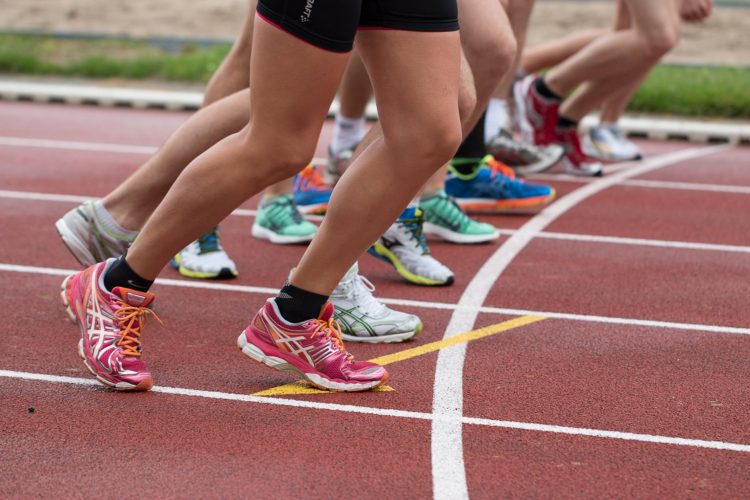Everywhere you go, you will most likely find a sports shoe market. Which means the market is heavily saturated. These shoes come in countless options with numerous styles to attract buyers. If you are an athlete, don’t fall to the lies or various promises that a particular sports shoe will take you to the next level or win a race. Those are marketing languages that can mislead you. You may be surprised that the so-called flashy and costly shoes offer you nothing when it comes to athletic progress. Most strength and conditioning coaches have admitted to coming across athletes wearing the wrong shoes for the activity ahead. Let’s find out more about athletes’ training shoes.
What should you look for in an athlete’s shoes?
Most athletes will fancy shoes depending on their “coolness” but not considering whether they will withstand the task ahead. Athletic shoes must have lateral support instead of extreme high heel cushioning and high tops that may reduce the motion and even cause knee problems.
If you are a coach, ensure your athletes safely improve their skills. In other words, scaling drills, as well as exercises for all athletes, is a safe way for progression. Unfortunately, you cannot control whatever shoes an athlete decides to wear in your facility.
Is there any issue with running shoes?
When it comes to multidirectional movements which need quick or abrupt direction changes, athletes may twist their ankle due to wearing running shoes. However, the shoes are comfortable, and their support is much more than a pair of socks. Ordinary running shoes will give little or no lateral stability.
A training shoe is significant for speed training and agility. According to running shoes Australia, you must ensure the shoe has a lower heel and with a stable as well as durable sole. It should also have superior lateral support. If you use a heavily cushioned running shoes, changing directions will be problematic, and you may lose control in the process. This will make you feel as if your foot is sliding inside your shoe. The consequences, you will struggle to push the ground away accurately and suffer injuries.
Can you use running shoes for weightlifting?
Running shoes are a poor selection for weightlifting. This is due to extreme cushioning in the shoes, which is another load you will be adding to your squatting and weightlifting process. This could be dangerous as well as counterproductive. Your shoes must be stable when squatting to avoid overloading your spine in a not so good position.
Conclusion
Indeed running shoes are comfortable while walking and they appear flashy. However, using them as running shoes may interfere with the athlete’s sudden change of direction, jumping, or lifting. Therefore they are not suitable for the gym or on the lawn. You can get professional advice from platforms like running shoes Australia to know more about running shoes, and if they can improve lateral support, as well as other available options.

